Table of Contents
The impacts of EdTech on education are massive, especially in terms of how it has transformed the sector since the COVID-19 pandemic. With the rise of technology, traditional classrooms are becoming a thing of the past. The integration of technology in education has created a new way of learning that is more interactive and engaging, allowing students to learn at their own pace.
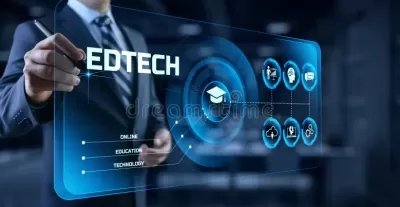
The impacts of EdTech on education have been felt across all levels of education, from primary to tertiary. With the use of online learning platforms, students can access educational resources from anywhere in the world. The use of virtual reality and augmented reality has also made learning more immersive, allowing students to experience real-life scenarios in a controlled environment.
Other impacts of EdTech on education extend to the creation of new job opportunities, with the demand for skilled professionals in the field increasing. This has led to the development of new courses and programs, allowing individuals to gain the necessary skills to succeed in the industry. As technology continues to evolve, the EdTech industry is expected to grow even further, transforming the way we think about education.
Historical Development of EdTech
From Chalkboards to Virtual Classrooms
The impacts of the EdTech industry dates back to the early 20th century when schools started using film projectors and radio broadcasts to enhance teaching methods. However, the real transformation in the EdTech industry came with the introduction of computers in the 1970s. With the advent of personal computers, schools and colleges started using them as a tool for teaching and learning.
In the 1990s, the internet revolutionized the way people access information and revolutionized the EdTech industry. The internet made it possible for students and teachers to access educational resources from anywhere in the world. With the introduction of Learning Management Systems (LMS), students could now access course materials, submit assignments, and interact with their teachers online.
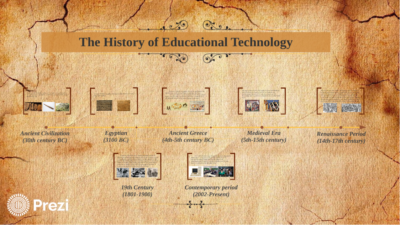
Today, with the advancements in technology, EdTech has gone beyond the traditional classroom setting. Virtual classrooms, online courses, and mobile apps have made it possible for students to learn anytime, anywhere.
Milestones in EdTech
Over the years, EdTech has seen several milestones that have transformed the industry. Here are a few notable ones:
- In 1960, PLATO (Programmed Logic for Automated Teaching Operations) was created, which was the first computer-based learning system.
- In 1972, the first educational computer game, “The Oregon Trail,” was developed to teach history and geography to students.
- In 1983, the first laptop computer, the Grid Compass, was introduced. It was used by NASA and the military but later became popular in the education sector.
- In 1995, the first online university, Jones International University, was established.
- In 2002, Moodle, an open-source LMS, was launched, making it possible for educators to create online courses.
- In 2012, Massive Open Online Courses (MOOCs) gained popularity, making it possible for students to access courses from top universities worldwide.
These milestones have paved the way for the current state of EdTech, which continues to evolve and transform the way we learn and teach.
Current EdTech Landscape
The EdTech industry has been growing rapidly in recent years, with the global market expected to reach $404 billion by 2025. As a result, the industry has become increasingly competitive, with both established players and startups vying for a share of the market.
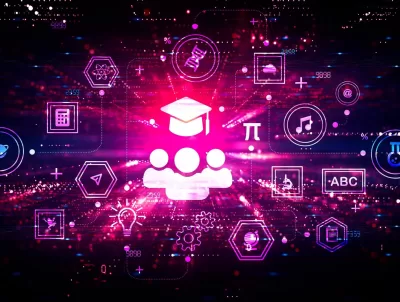
Key Players and Startups
Some of the key players in the EdTech industry include companies like Coursera, Udacity, and edX, which offer massive open online courses (MOOCs) to learners around the world. Other companies like Blackboard and Canvas provide learning management systems (LMS) that are used by educational institutions to manage their online courses.
There has also been a surge of startups in the EdTech space, with companies like Duolingo, Quizlet, and Kahoot! offering innovative solutions for language learning and student engagement. These startups are often able to move quickly and adapt to changing market conditions, giving them a competitive advantage over larger, more established players.
Market Size and Growth
The EdTech market is expected to continue growing in the coming years, driven by factors like the increasing demand for online learning and the adoption of new technologies like artificial intelligence and virtual reality. In addition, the COVID-19 pandemic has accelerated the shift towards online learning, further fueling the growth of the EdTech industry.
According to a report by ResearchAndMarkets, the global EdTech market is projected to reach $404 billion by 2025, growing at a compound annual growth rate (CAGR) of 16.3% from 2020 to 2025. This growth is expected to be driven by the increasing adoption of e-learning solutions in both developed and developing countries.

Technological Innovations in EdTech
The EdTech industry has been witnessing tremendous growth over the years, with the introduction of various technological innovations. These innovations have revolutionized the way education is imparted and received, making it more accessible, engaging, and effective.
Adaptive Learning Technologies
Adaptive learning technologies are one of the most significant innovations in the EdTech industry. These technologies use algorithms and data analytics to personalize the learning experience for students. By analyzing students’ strengths and weaknesses, adaptive learning technologies provide customized learning paths, enabling students to learn at their own pace.
Adaptive learning technologies also provide real-time feedback, enabling students to track their progress and identify areas where they need to improve. This personalized approach to learning has been proven to be more effective than traditional classroom learning, as it caters to individual needs and learning styles.
Gamification in Learning
Gamification is another innovative approach that has been adopted by the EdTech industry. Gamification involves the use of game elements such as points, badges, and leaderboards to make learning more engaging and fun. By incorporating game-like features into the learning process, students are motivated to learn and are more likely to retain information.
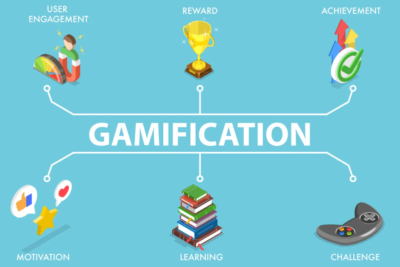
Gamification also provides instant feedback, enabling students to track their progress and identify areas where they need to improve. This approach has been proven to be effective in improving student engagement and motivation, as well as enhancing their learning outcomes.
Impact on Teaching Methods
The EdTech industry has revolutionized the way teachers approach their profession. With the advent of technology in the classroom, teachers have been able to adopt new teaching methods that are more engaging, interactive, and personalized. This section explores two of the most significant teaching methods that have been impacted by the EdTech industry: lipped Classrooms and Blended Learning Models.
Flipped Classrooms
Flipped classrooms are a teaching method that involves reversing the traditional classroom model. Instead of lecturing in class and assigning homework for practice, teachers assign pre-recorded video lectures for students to watch at home. They then use class time to work on assignments, projects, and group activities that reinforce the concepts learned in the videos.
EdTech has made flipped classrooms more accessible and effective. With the help of video recording software and learning management systems, teachers can easily create and distribute video lectures to their students. This allows students to learn at their own pace, pause and rewind the videos, and review the material as many times as they need to fully understand it.
Blended Learning Models
Blended learning models combine traditional classroom learning with online learning. In this approach, teachers use a mix of in-person instruction and online resources to deliver their curriculum. This allows students to have more control over their learning experience, as they can access course materials and complete assignments online.
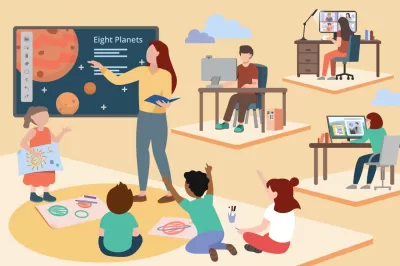
EdTech has made blended learning models more efficient and effective. With the help of online learning platforms and educational apps, teachers can create interactive and engaging learning experiences that cater to each student’s individual needs. This allows students to work at their own pace, receive immediate feedback on their progress, and collaborate with their peers in real time.
The impact of the EdTech industry on teaching methods is significant. Flipped classrooms and blended learning models are just two examples of how technology has transformed the way teachers approach their profession. As technology continues to evolve, we can expect to see even more innovative teaching methods that will help students learn and grow in new and exciting ways.
Effects on Student Performance and Engagement
The EdTech industry has brought about significant changes in the way students learn and engage with educational content. Here are two ways in which EdTech is improving student performance and engagement:
Data-Driven Insights
EdTech tools allow educators to collect and analyze data on student performance. This data can provide valuable insights into student strengths and weaknesses, enabling teachers to personalize learning experiences to better meet the needs of each student. For example, an adaptive learning platform can adjust the difficulty of questions based on a student’s performance, ensuring that they are neither bored nor overwhelmed.
Moreover, data-driven insights can also help educators identify areas where students are struggling and provide targeted interventions. This can lead to better academic outcomes and improved engagement.
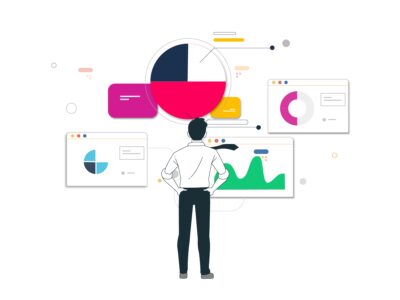
Interactive Learning Environments
EdTech tools are also creating more interactive and engaging learning environments. For example, gamification techniques can be used to make learning more fun and engaging for students. This can include rewards, badges, and leaderboards that motivate students to learn and achieve their goals.
Furthermore, interactive learning environments can provide students with more opportunities to collaborate and communicate with their peers. This can lead to a more social and engaging learning experience that encourages students to participate and contribute to classroom discussions.
The EdTech industry is having a positive impact on student performance and engagement. By providing data-driven insights and creating more interactive learning environments, EdTech tools are helping students learn more effectively and enjoyably.
Challenges and Criticisms of EdTech
As with any emerging industry, the EdTech industry faces its fair share of challenges and criticisms. In this section, we will discuss two major issues that have been raised regarding the use of technology in education: digital divide issues and dependence on technology.
Digital Divide Issues
One of the most significant challenges impeding the impacts of the EdTech industry is the digital divide. While many students have access to technology at home and school, others do not. This can create a significant gap in educational opportunities, as students without access to technology may not have the same opportunities to learn and grow as their peers.
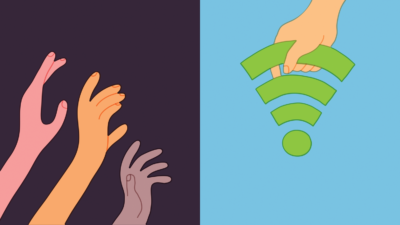
To address this issue, many schools and organizations have implemented programs to provide technology to students who may not have access to it at home. However, these programs can be costly and may not reach all students who need them.
Dependence on Technology
Another criticism of the impact of EdTech industry is the potential for students to become too dependent on technology. While technology can be a powerful tool for learning, there is a risk that students may rely too heavily on it and not develop other important skills, such as critical thinking and problem-solving.
To address this concern, it is important for educators to strike a balance between using technology to enhance learning and ensuring that students are still developing essential skills through other means.
Future Trends and Predictions
As the EdTech industry continues to evolve, there are several emerging technologies and trends that are expected to shape the future of education.
Emerging Technologies
One of the most exciting emerging technologies in the EdTech industry is virtual and augmented reality. These technologies have the potential to transform the way students learn by providing immersive and interactive experiences.
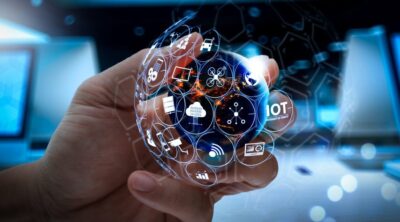
For example, students can explore historical sites, travel to different countries, or even conduct virtual experiments in a safe and controlled environment. As the technology becomes more affordable and accessible, it is expected to become a standard tool in classrooms around the world.
Another emerging technology that is expected to have a significant impact on the EdTech industry is blockchain. Blockchain technology can be used to securely store and share educational records, certificates, and diplomas. This could help to reduce fraud and improve the accuracy of credentials. Furthermore, blockchain technology can facilitate micropayments, which could enable new models of education that are more affordable and accessible to students.
Predictive Analysis in Education
Predictive analysis is another trend that is expected to bolster the impacts of EdTech on education. Predictive analysis involves using data and algorithms to identify patterns and make predictions about future outcomes. In education, predictive analysis can be used to identify students who are at risk of dropping out, predict student performance, and personalize learning experiences.
By analyzing data from student assessments, attendance records, and other sources, educators can identify students who are struggling and provide targeted interventions. Predictive analysis can also be used to identify students who are excelling and provide them with advanced coursework or other opportunities.
As technological evolutions take place, the impacts of EdTech industry continue to increase. Hence, we can expect to see more innovations that will transform the way we teach and learn. By staying up-to-date with emerging technologies and trends, educators can ensure that they are providing their students with the best possible learning experiences.







